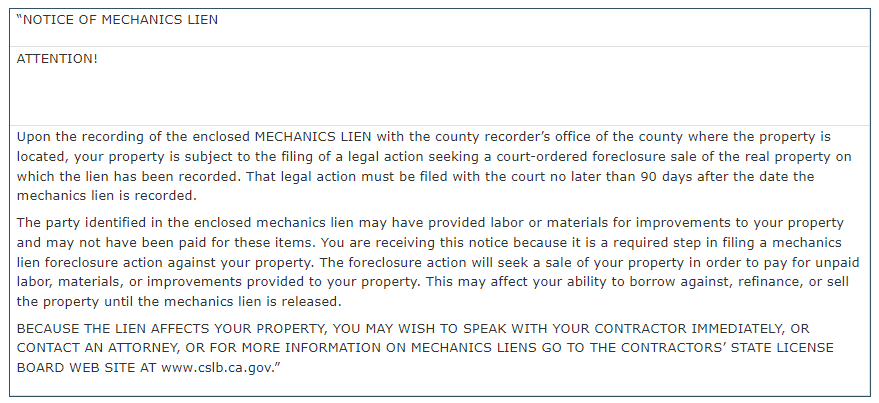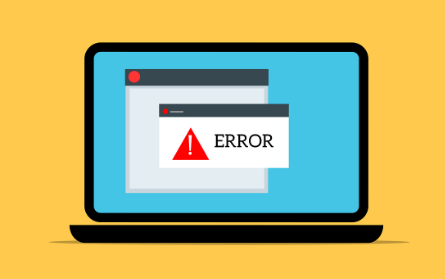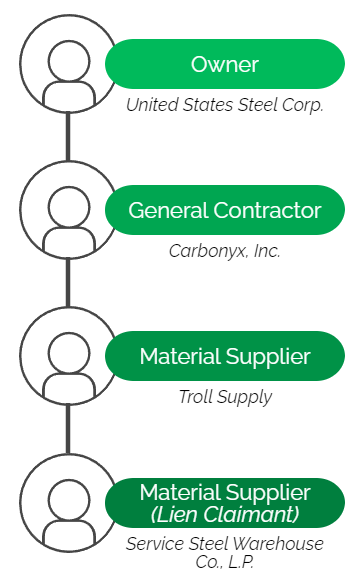
Whether You Protect Mechanic’s Lien or Bond Claim Rights Depends on the Project Type: Private, Public, or Federal
If you are supplying materials or labor to a construction project, you can (and should) secure your receivables through the mechanic’s lien or bond claim process.
Mechanic’s liens and bond claims are two separate remedies, and you should ensure you secure the right one – but how do you know whether you should file a mechanic’s lien or serve a bond claim?
Determining your rights for any project requires you to know 3 key pieces of information:
- Know where your customer falls in the contractual chain
- Know the project type
- Know the state where the project is located
If you are sitting there a bit befuddled, don’t fret, here’s an example of those 3 vital pieces of information. Let’s say you are supplying to the general contractor, on a public project in Ohio. So, here’s what we know:
- We know where our customer falls in the contractual chain = general contractor.
- We know the project type = public.
- We know the state where the project is located = Ohio.
“OK, well I know who my customer is & I know where the project is, but I don’t know the project type. And what does “project type” even mean?”
In the U.S., construction projects are categorized as private, public or federal. (Bonus: in Canada projects are categorized as private, public or federal crown.)
- Private: a private project is a private improvement contracted by a private entity, e.g. a person, company or corporation.
- Public: a public project is an improvement of public works or building under formal contract made by any government authority, e.g. the state, county, city or political subdivision.
- Federal: a federal project is a contract for the construction, alteration or repair of any public building or public work of the United States.
“I’m supplying materials to a fast food restaurant & since it’s open to the public it must be a public project, right?”
Nope! Just because the general public has access to a particular place, it does not necessarily mean that it is a publicly owned property.
The key is in the property ownership.
“Could you please provide me with some more examples?”
Please remember, as with most situations, there are ALWAYS exceptions! Sometimes projects may appear to be public and federal or even appear to be federal on private property. The examples provided below are just that, examples – when in doubt, you should seek a legal opinion.
Private Projects: office buildings, restaurants, stores/retail, churches
Public Projects: public schools, city hall, Dept. of Transportation
Federal Projects: United States Post Office, United States Air Force, Ft. Hood, U.S. Army
“Wait, the city owns the property, but a private company is leasing it! Now what should I do?!”
This is precisely what I was referring to in the last section – an exception. When property is leased, whether it’s publicly or privately owned, you may encounter a lien on leasehold interest.
A lien on leasehold interest is real property held by a lessee under lease. When liening a tenant improvement, the statutes vary by state as to whether a mechanic’s lien would be available against the property, the leasehold interest of the tenant, or both.
Interested in learning more about securing mechanic’s lien or bond claim rights? Contact us!








